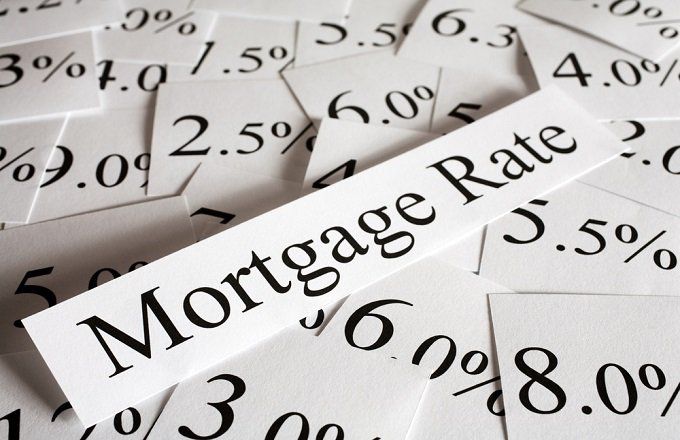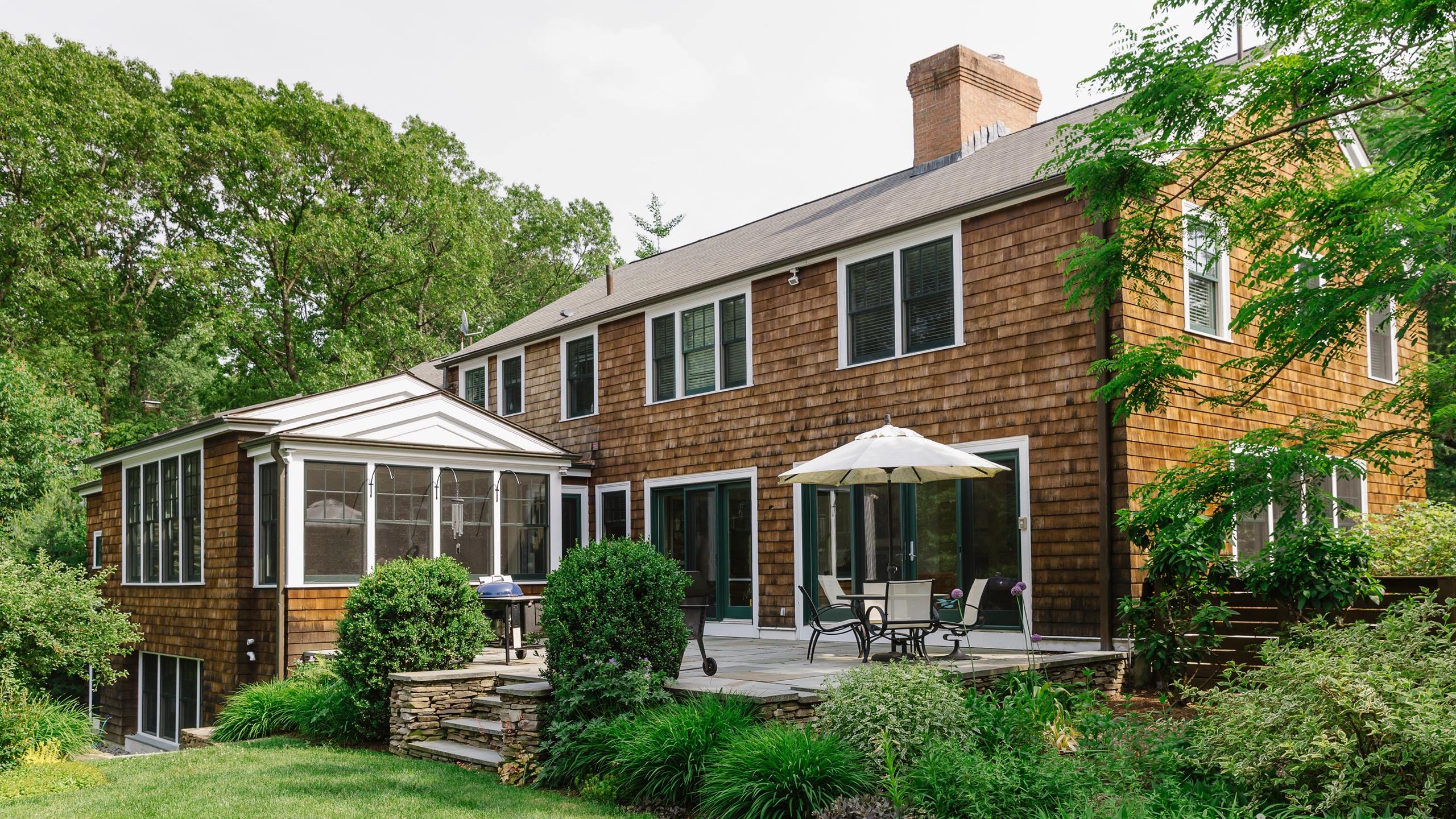If you’re stepping into the world of home buying, you’re likely to encounter the term “mortgage rates” quite early on in the process. But what exactly are mortgage rates, and why are they so crucial to your home purchase? Essentially, a mortgage rate is the interest rate you pay on the money you borrow to buy your home. Not only does this rate determine your monthly payments, but it also plays a significant role in how much you’ll pay over the life of your loan. It’s the price of borrowing money from your lender, an expense that’s essential to understand as you navigate your way towards homeownership.
Mortgage rates can vary significantly from one lender to another and are influenced by a variety of factors, including economic conditions and your personal financial health. That’s why it’s essential to compare rates and understand the options available to you. Whether you’re a first-time homebuyer or looking to refinance, understanding how mortgage rates work can lead to more informed decisions and potentially significant savings over time. Let’s dive deeper into the dynamics of mortgage rates and explore strategies for managing them effectively.
At the heart of the matter is the difference between the mortgage interest rate and the Annual Percentage Rate (APR). While they’re related, they aren’t the same thing. Your mortgage interest rate is the percentage of your loan amount that you’ll pay your lender in exchange for borrowing the money. It’s a critical factor in determining your monthly mortgage payment. On the other hand, the APR encompasses not just the interest rate but also other costs associated with securing your mortgage, such as origination fees or points. It provides a broader measure of the cost of borrowing and is a useful tool for comparing loan offers from different lenders.
Understanding the difference between these two rates is crucial for accurately comparing offers and finding the loan that’s best suited to your financial situation. Given that the APR reflects the total cost of borrowing, it can often give you a more comprehensive view of what you’ll pay over the life of your loan. Knowing this, you can make more informed decisions and potentially save a considerable amount of money.

- Fluctuations in mortgage rates over time demonstrate the market’s changing conditions. Source: investopedia.com
Mortgage rates come in two basic types: fixed-rate and adjustable-rate mortgages (ARMs). A fixed-rate mortgage locks in your interest rate for the entire life of the loan, providing predictability and stability in your monthly payments. It’s an excellent choice if you plan on staying in your home for a long time and prefer the security of knowing exactly how much you’ll be paying each month. On the other hand, ARMs start with a lower interest rate that adjusts over time, based on market trends. This can mean lower payments initially but the potential for higher costs down the road if interest rates rise. Each type has its advantages and considerations, depending on your financial situation and how long you plan to stay in your home.
Choosing the right type of mortgage is a crucial decision that depends on your personal financial situation and long-term housing plans. For some, the stability of a fixed-rate mortgage makes the most sense, especially in a low-interest-rate environment. Others might find that an ARM fits their needs better, especially if they plan to move or refinance before the rate adjusts. Understanding the features and potential risks of each type of mortgage will help you make a decision that aligns with your financial goals.

- APR vs. Mortgage Interest Rate: Understanding the costs associated with your loan. Source: chase.com
When it comes to managing your mortgage rate, there are strategies to help you lower, lock in, or change the rate to your advantage. For instance, you might consider refinancing your mortgage to take advantage of lower interest rates, which can reduce your monthly payments and overall interest paid over the life of the loan. Alternatively, if you’re in the process of obtaining a mortgage, locking in a rate can protect you from rising rates before you close on your loan. If you’re looking to change your mortgage rate or terms later on, refinancing or modifying your loan can be effective ways to adjust to changing financial circumstances.
Each of these strategies requires careful consideration and planning, often with the guidance of a financial advisor or mortgage specialist. Whether you’re looking to save money on interest or adjust your monthly payments, understanding when and how to leverage these strategies can lead to more favorable mortgage terms and significant savings over time. As you navigate the process, staying informed and proactive about managing your mortgage rate can make all the difference in your homeownership journey.

- An example of an adjustable-rate mortgage (ARM), showcasing its variable interest rates. Source: chase.com
Understanding how mortgage rates work is more than a mere exercise in finance; it’s a crucial step towards making informed decisions about one of the most significant investments you’ll ever make. From the basics of interest rates and APRs to the complexities of fixed-rate and adjustable-rate mortgages, each aspect plays a pivotal role in shaping your financial future. And with the right strategies, you can work towards securing a mortgage that not only fits your current financial situation but also supports your long-term goals. Whether you’re just starting the home-buying process or considering changes to your existing mortgage, a deeper understanding of mortgage rates can empower you to make choices that lead to financial stability and peace of mind.





